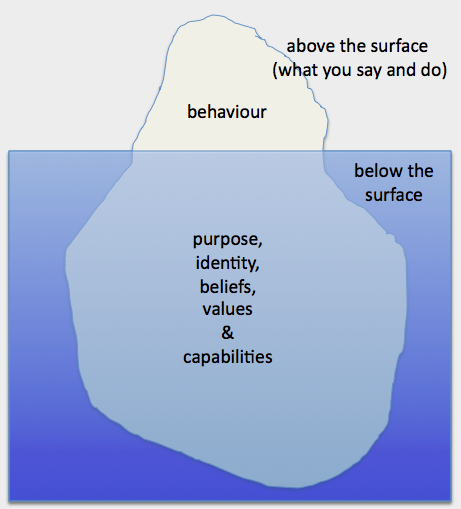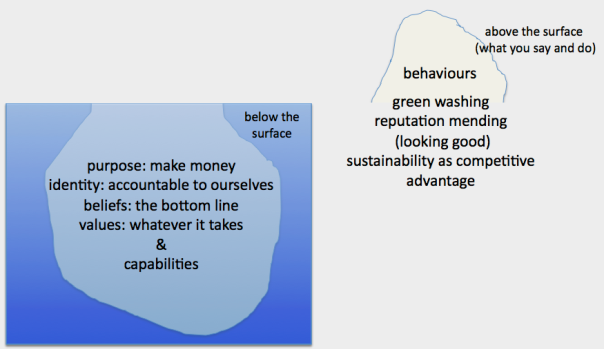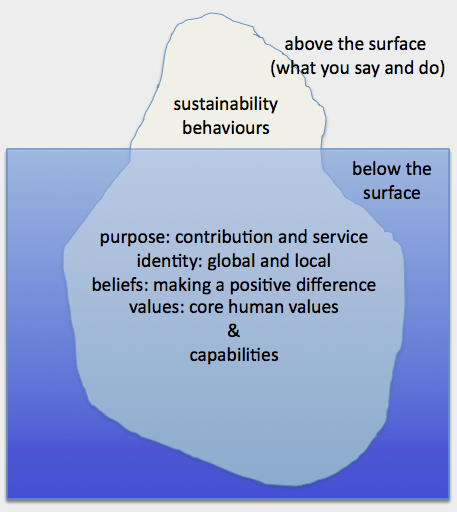In the first part of this series of posts we looked at three levels of commitment to stakeholder engagement, self-interest, enlightened self-interest and altruism. This, and the following posts will expand on these and illustrate them with examples.
The antithesis of engagement
Lets start by looking at an extreme level of disengagement – methamphetamine (P) production and distribution. This example shows how the core business impacts negatively on a range of stakeholders.
The classic approach to stakeholder engagement is to look at categories of stakeholder engagement – owners, employees, suppliers, customers and the community. If we consider P production from a suppliers perspective, raw ingredients are sourced either in bulk from unscrupulous suppliers, or from chemists (drug stores). Chemist shops (in New Zealand) have collaborated with Police to restrict this source. As a consequence, medicines, once readily available for genuine consumers are now difficult to access. Chemist shop staff have additional layers of security checking to cope with when selling the product.
People that rent houses that are used to “cook” P are another unwitting supplier and therefore stakeholder. These houses are left drenched in toxic chemicals and require detox processes to prepare them for the next tenant.
A high proportion of users get addicted to P and their behaviour and priorities change. This might include resorting to gambling, stealing from employers, family and others. The families of P addicts often despair at the changes that the drug induces in the addict. The increase in crime, generated by the need to secure funds for the continued supply of the drug, diverts police resources as does the activity required to counter the drug production and distribution. Other crime fighting initiatives may well be under-resourced exposing citizens to more crime.
Without expanding further, we can see that in this case, the “commercial activity” has negatives that cascade through the community. The stakeholders of the illegal drug industry are many and varied and the impacts can reach deep into our communities.
Other examples
Sadly, examples of organisations disregarding the well-being of stakeholders in their pursuit of profit are all too common. Here are some examples:
- The tourist operators along the Gulf Coast became stakeholders of BP and Halliburton when oil washed on to their beaches.
- Those of us that carelessly discard plastic waste may well cause marine life to be consumers of the waste, and therefore stakeholders. Albatrosses in the Pacific consume plastic, thinking it to be food. Their gut can fill with plastic, leading to certain death.
- Alcohol companies and their marketing agents that target young people with promotions help to foster a binge-drinking culture with sometimes devastating social outcomes.
An unwitting stakeholder – a young albatross killed by plastic waste
While the illegal drug industry is an extreme example, it illustrates that organisations that operate from self-interest, can generate significant unintended misfortune for stakeholders. We can expect that organisations that operate from higher motives can generate significant good, as we shall see in subsequent posts.
image credit: Science News for Kids





















